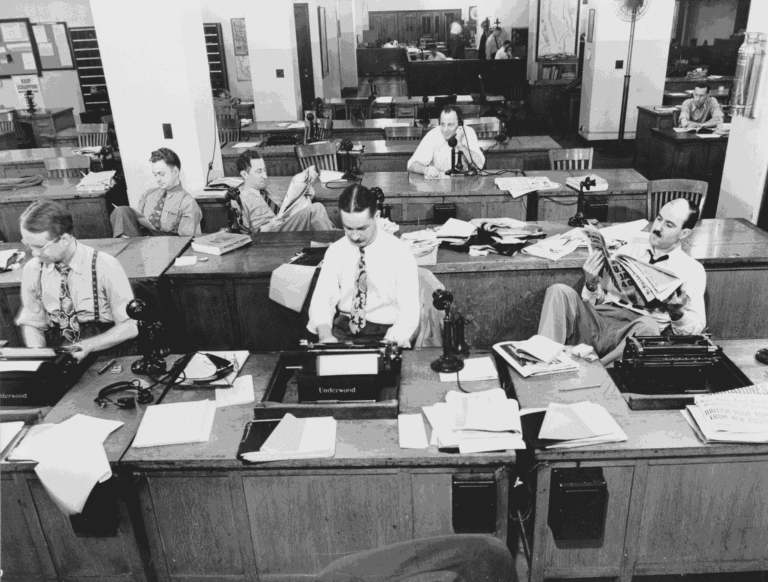Master Flashbacks & Non-Linear Storytelling for Riveting Tension
Unlock the secrets of using flashbacks and non-linear storytelling to create irresistible tension. Learn when and how to use these powerful narrative tools.
Common Genres Where Mastering Flashbacks & Non-Linear Storytelling Thrives: Thriller, Mystery, Drama, Science Fiction, Historical Fiction
Unconventional Genres for Mastering Flashbacks & Non-Linear Storytelling: Memoir, True Crime, Documentary, Experimental Film, Interactive Fiction
Introduction
Unlock the secrets of using flashbacks and non-linear storytelling to create irresistible tension in your narrative. This article will guide you through the nuances of these storytelling techniques, helping you captivate your audience from start to finish.
Why Use Flashbacks and Non-Linear Storytelling?
Flashbacks and non-linear storytelling are not just gimmicks; they’re tools that can add layers of complexity to your narrative.
Example: Quentin Tarantino’s “Pulp Fiction” uses a non-linear timeline to keep the audience engaged and guessing.
The Dos and Don’ts of Flashbacks
Flashbacks can be powerful, but they must be used sparingly and serve a purpose in the story.
Example: In “To Kill a Mockingbird,” Harper Lee uses flashbacks to provide crucial background information.
Crafting a Non-Linear Timeline
Creating a non-linear timeline requires careful planning to ensure that the story remains coherent and engaging.
Example: Christopher Nolan’s “Memento” employs a reverse chronological order, adding layers of complexity and intrigue.
How to Seamlessly Integrate Flashbacks
Seamlessly integrating flashbacks into your story can make or break the narrative flow.
Example: In “Slumdog Millionaire,” flashbacks are used to reveal how the protagonist knows the answers to the game show questions.
The Risks and Rewards of Non-Linear Storytelling
Non-linear storytelling comes with risks, but when done right, it can make your narrative unforgettable.
Example: The TV series “Lost” employed non-linear storytelling, which both confused and captivated its audience.
Conclusion
Mastering the art of flashbacks and non-linear storytelling can add riveting tension to your narrative.
Ready to take your storytelling to the next level?
Dive into these techniques and watch your stories come alive.
Checklist
- Understand the purpose of flashbacks and non-linear storytelling
- Use flashbacks sparingly
- Plan non-linear timelines carefully
- Seamlessly integrate flashbacks
- Weigh the risks and rewards of non-linear storytelling
FAQs
What is the purpose of using flashbacks in storytelling?
Flashbacks are used to provide background information, reveal character motivations, or add emotional depth.
How do I plan a non-linear timeline?
Start with an outline that clearly marks the sequence of events, then rearrange them to serve the story’s purpose.
Are there genres where flashbacks and non-linear storytelling are more effective?
Yes, genres like thrillers, mysteries, and dramas often benefit from these techniques.
What are the risks of using a non-linear timeline?
The main risk is confusing your audience if the timeline is not well-executed.
How can I make flashbacks more effective?
Ensure that they serve a purpose and add value to the story, rather than just being a decorative element.
References
- Understanding Comics: The Invisible Art by Scott McCloud
- Story: Substance, Structure, Style and the Principles of Screenwriting by Robert McKee
- The Anatomy of Story by John Truby
- Into the Woods by John Yorke
- The Art of Dramatic Writing by Lajos Egri
Keywords
Flashbacks, Non-Linear Storytelling, Narrative Tension, Story Structure, Plot Development






